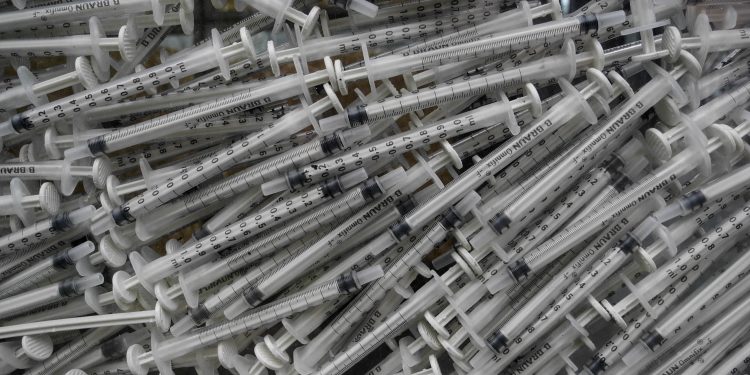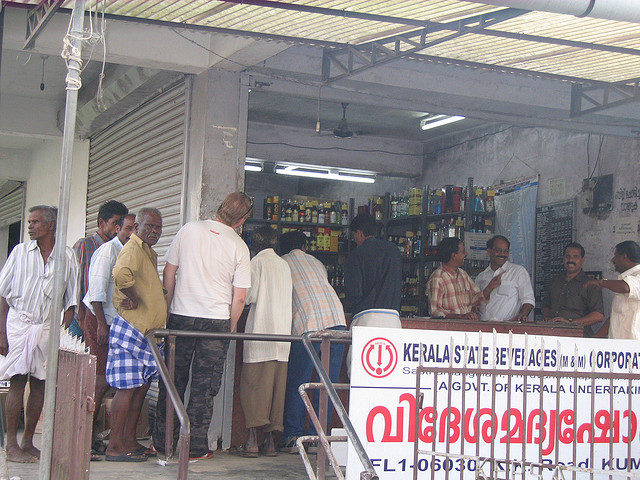Cut the Red Ribbons: Great News for AIDS Victims

A report from UNAIDS released on July 20, 2017 says that for the first time in history more than 50% of patients with AIDS have access to treatment. “We met the 2015 target of 15 million people on treatment, and we are on track to double that number to 30 million and meet the 2020 target,” said Michel Sidibé, executive director of UNAIDS. It sure calls for a celebration. Or does it? Is there another side to the story?
Introduction
HIV was first detected in 1986 among female sex workers in Chennai by Dr. Suniti Solomon. Today, India is the home for third largest HIV epidemic in the world. The prevalence of the disease is 0.26%. The number might look small, but due to the large population of the country, it equates to 2.1 million people living with the infection.
Since the inception of HIV, India has succumbed to the brutality of the disease. In 2015, the disease has claimed 68000 lives and infected 2 million people
Role of Indian Pharma
Getting access to the medications means saving more lives. Moreover, Indian Pharma has played an important role to achieve this mission. In 2016, Aurobindo Pharma was the first to receive the tentative FDA approval for the generic version of dolutegravir to be used as a first line treatment. In 2015, 90% of antiretroviral drugs were supplied by the Indian pharma industry to low and middle income countries.
UNAIDS 90-90-90 and India
UNAIDS has set up a target that by 2020 90% of people living with HIV will know their HIV status, 90% of the diagnosed will be on the antiretroviral therapy, and 90% of the ones receiving therapy will have viral suppression. While countries like Botswana, Denmark, Iceland, Singapore etc.have already achieved the target, India still lags behind.
Long Road Ahead
It is unfortunate to see India as one of the countries on the list of ten countries that account for 95% of all new HIV infections. Female sex workers, gay men, transgenders, people who inject drugs, migrant workers and truck drivers are the most affected groups in our country.
What Can We Learn From the High Achievers?
What is holding India back and how can we move forward?
Reaching the people who are left behind: Work shop sessions and awareness campaigns should be conducted for adolescent girls, gay men, and transgender populations. According to a recent report, new HIV infections have sprung up in the least expected areas. This indicates a lack of awareness.
Removing the social stigma: “I used to watch a serial on TV about AIDS. The woman got it from her husband, and when he died they [in-laws] threw her out of the house. This happens in real life.” This is a voice of a woman in Delhi. The target of HIV eradication can be achieved only if people stop considering it a taboo. How are patients expected to get treatments if voicing out their disease condition causes them shame and embarrassment? A disease plaguing a country for years is as bad as terrorist attacks and border disputes in the economic sense. It is high time people realize the severity of the situation.
Defining clear targets:
The minister of Health and Wellness of Botswana, Dorcas Makgato, stated, “Three words characterize Botswana’s response to HIV – clear, bold and driven. This approach mobilized essential investments and generated tangible results [including achievement of the 90-90-90 targets].”
Indian Government
In March 2017, the Indian Government passed an important HIV and AIDS prevention and control bill which ensured equal rights while seeking for treatment, jobs and education. The bill holds great importance as it protects the HIV affected patients from discrimination and punishes people who engage in such acts. It makes antiretroviral therapy a legal right for all the patients tested positive for HIV which was previously determined by the CD4 cell count.The bill strengthens the rights of the patients. It is definitely a great step forward.
Conclusion
While getting access to medicines is a milestone, making them affordable to the poorer sections of society is another challenge that needs to be addressed. The interplay of intellectual property rights, funding of research, and government policies will largely affect the cost of treatment. Collaboration of Medicine’s patent pool, a UN supported public health organization with Indian Pharmaceutical companies to sell generic antiretroviral drugs at affordable prices in low and middle income countries, is great news. Also, the government has taken initiative to set up projects under National AIDS Control Organization (NACO). Some of the projects under the NACO-IV (2012-2017), are project Sunrise, project Nirantar, and The Condom Social Marketing Program.These projects were set up to target the key affected groups and educate them.
We can move forward with a positive note and make sure that the works of pioneers like late Dr. Suniti Solomon who documented the first case of HIV in India and set up the first voluntary testing and counseling centers are fruitful. With constant effort and support from the government and Indian Pharma, India can hope to be HIV free by 2030 as said by our Union Health minister.
[Image Attribute: UlliPixa]



